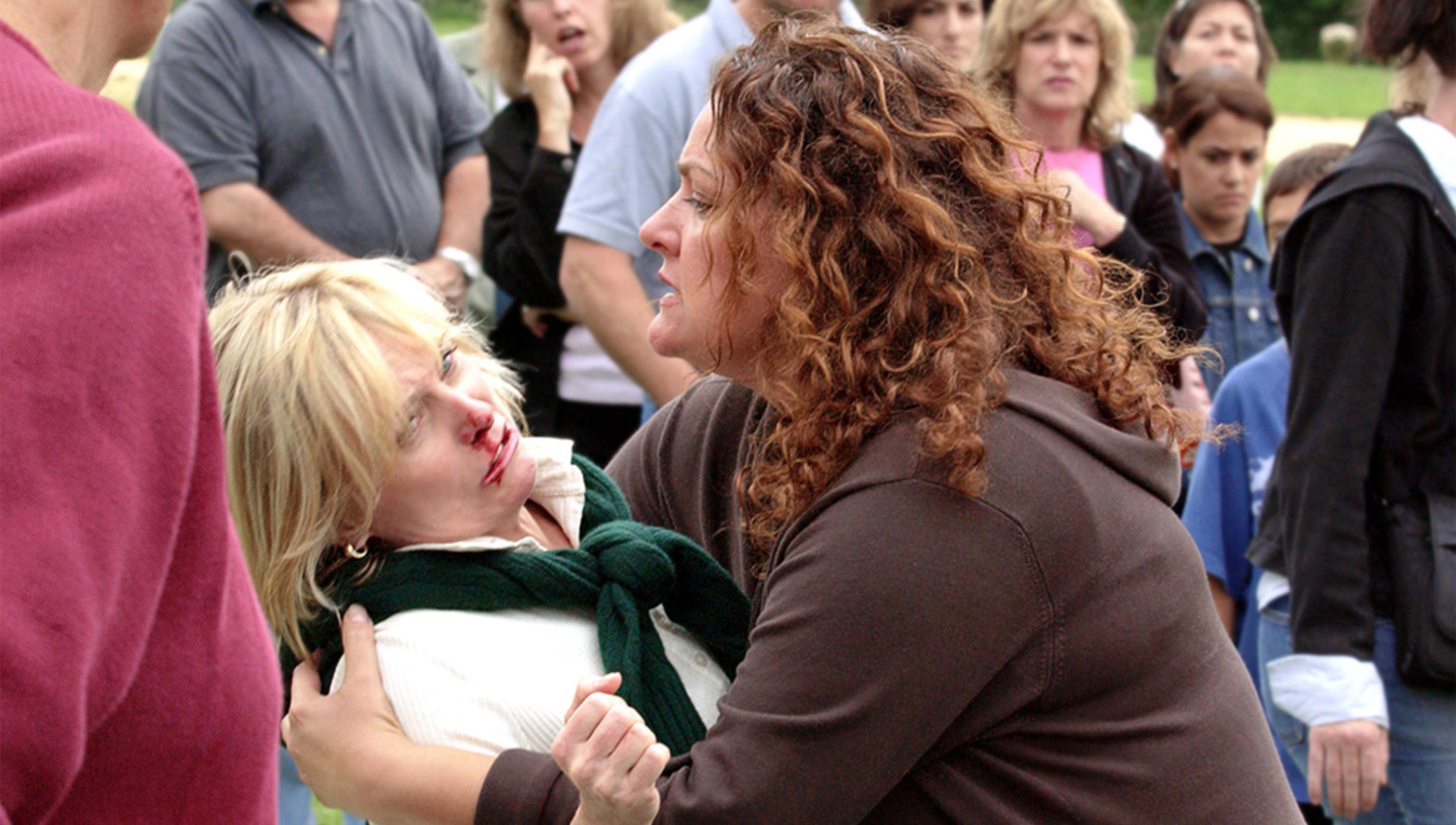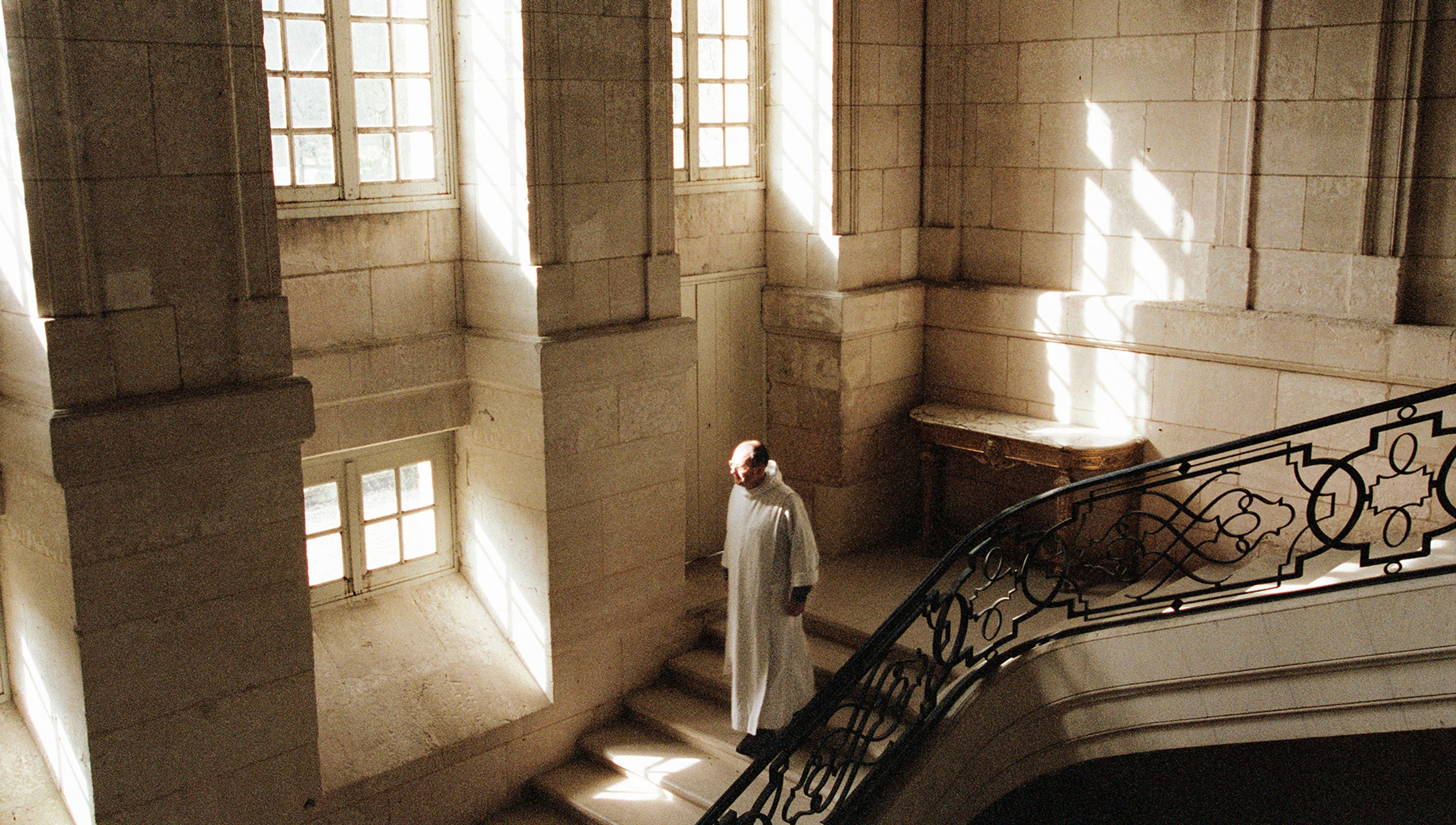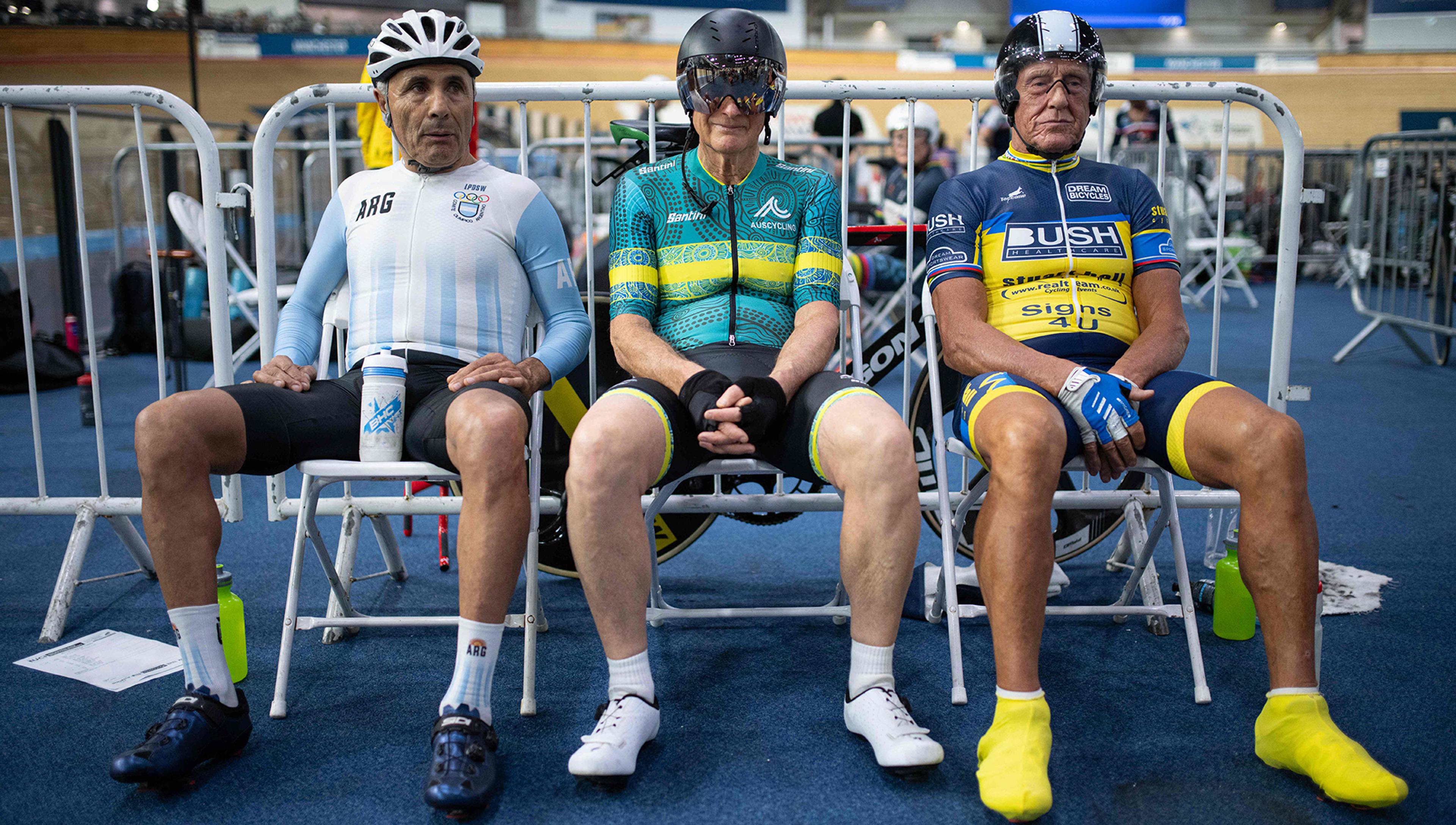Long considered a sign of mental illness, ‘pareidolia’ or seeing patterns in randomness might be a useful measure of creativity
Hamlet: Do you see yonder cloud that’s almost in shape of a camel?
Polonius: By th’ mass and ’tis: like a camel indeed.
Hamlet: Methinks it is like a weasel.
Polonius: It is backed like a weasel.
Hamlet: Or like a whale.
Polonius: Very like a whale.
– From Hamlet (1603) by William Shakespeare, Act III, Scene 2
Have you, like Hamlet and Polonius, ever looked at the clouds and discovered sheep, poodles or faces in their shapes? Then you’re in good company. Many people do. In fact, so do monkeys and even Google-programmed neural networks. Maybe you wondered whether this might even be a sign of your creativity – after all, your brain just generated images from random patterns.
We are a team of neuroscientists who believe that there might be a meaningful link between creativity and seeing faces in clouds. Recently, we started studying this question scientifically, but we’re far from the first to be interested in this phenomenon.
The scientific term for the perception of familiar objects in random images, abstract things or patterns is ‘pareidolia’. The term originates from the Greek words para (παρά: beside, alongside, instead) and eidōlon (εἴδωλον: image, form, shape). It’s not just in the visual domain; pareidolia has been reported in sounds too, suggesting that this is a more general perceptual phenomenon.
The word Pareidolie was first used by the German psychiatrist Karl Ludwig Kahlbaum in his paper ‘On Delusions of the Senses’ (1866), which was later reviewed in The Journal of Mental Science (now The British Journal of Psychiatry). He proposed pareidolia as a term for ‘delusions of the judgment’ caused by ‘imperfect perception’. Thanks to Kahlbaum’s influence, in the ensuing period scholars came to see pareidolia negatively, rather than as a sign of creativity. It was even considered to be a symptom of psychosis or a sign of dementia.
When pareidolia was first associated with creativity, it again held psychiatric connotations. Writing in 1895, the French psychologist Alfred Binet – best-known for his pioneering work on IQ tests – suggested that inkblots might be used in psychological research as a way to study variations in ‘involuntary imagination’.
Szymon Hens, a Polish psychiatrist, ran with the idea, writing a thesis with a title that translates as ‘A Test for Phantasy Using Inkblots in Children, Healthy Adults and Mental Patients’ (1917). The Swiss psychiatrist Hermann Rorschach was working in the same clinic, and it seems likely that he read Hens’s publication and then further developed the technique. His iconic eponymous test, published a few years later, used pareidolias seen in inkblots to investigate people’s personality and assess their psychological state. The test is still in demand today, though its reliability and validity have been questioned.
‘It seems to be profoundly true that all perceptions are loosely controlled hallucinations’
Of course, imagination can be viewed more positively, as a core aspect of creativity. Leonardo da Vinci was the first to discuss pareidolia in this context, writing in his diary:
[I]f you look at any walls spotted with various stains or with a mixture of different kinds of stones, if you are about to invent some scene you will be able to see in it a resemblance to various different landscapes adorned with mountains, rivers, rocks, trees, plains, wide valleys, and various groups of hills. You will also be able to see divers combats and figures in quick movement, and strange expressions of faces, and outlandish costumes, and an infinite number of things which you can then reduce into separate and well conceived forms. With such walls and blends of different stones it comes about as it does with the sound of bells, in whose clanging you may discover every name and word that you can imagine.
The creative aspect of pareidolia came to the fore in the 19th century with the popular practice of ‘klecksography’. Back then, one wrote with ink pens that could accidentally drip ink onto the paper. Literary figures of the time, such as the French Romantic writers Victor Hugo and George Sand, saw figures and other images in these inkblots and embellished them. Hugo experimented creatively with ‘pliages’ (folded papers) and ‘taches’ (stains), in the latter case holding his quill upside down to use the feather-end as a brush.
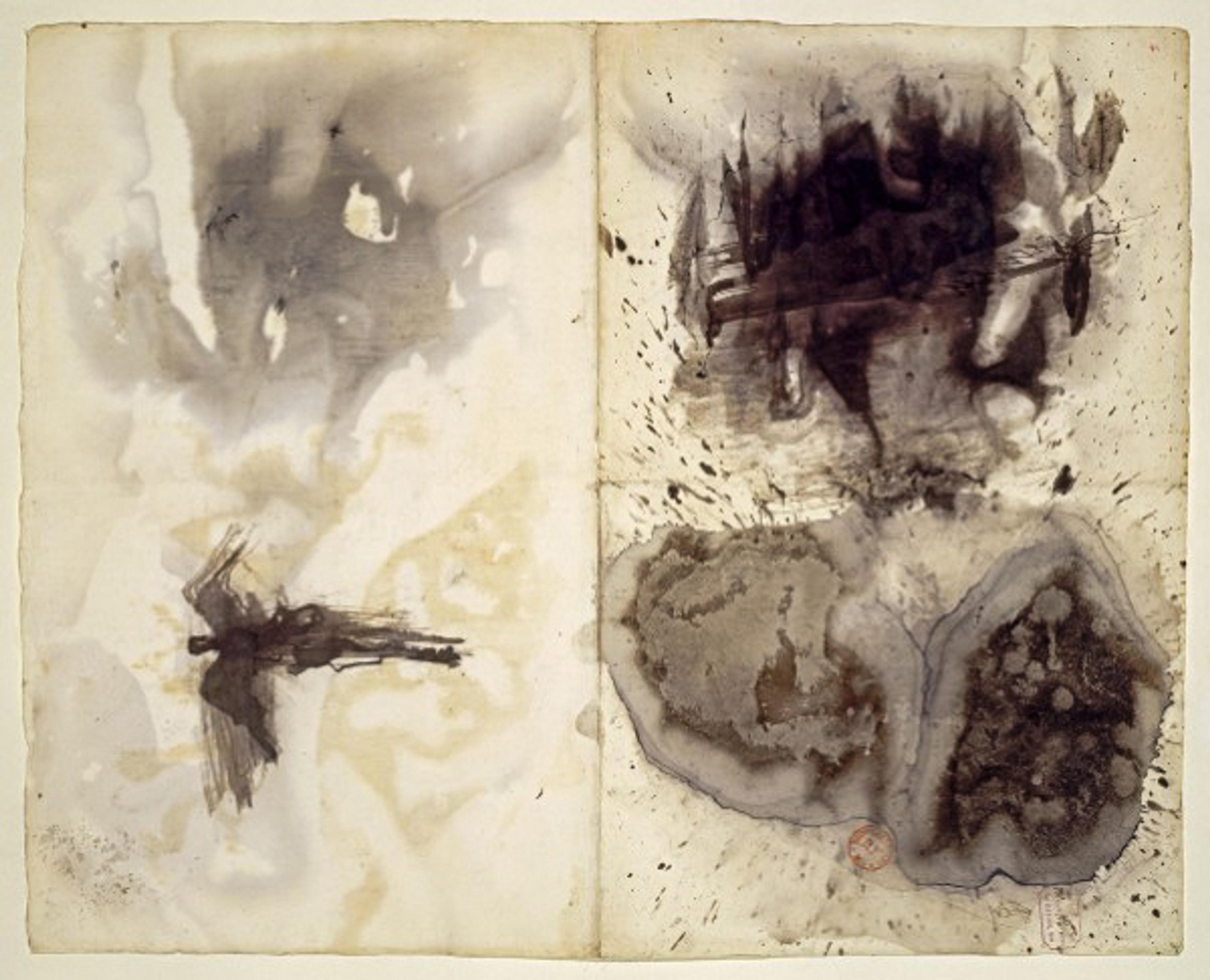
Another prominent practitioner of klecksography was the German poet, physician and writer Justinus Andreas Christian Kerner. His posthumous publication Kleksographien (1890) is a collection of inkblot art with accompanying short poems about the objects that can be perceived in the images.
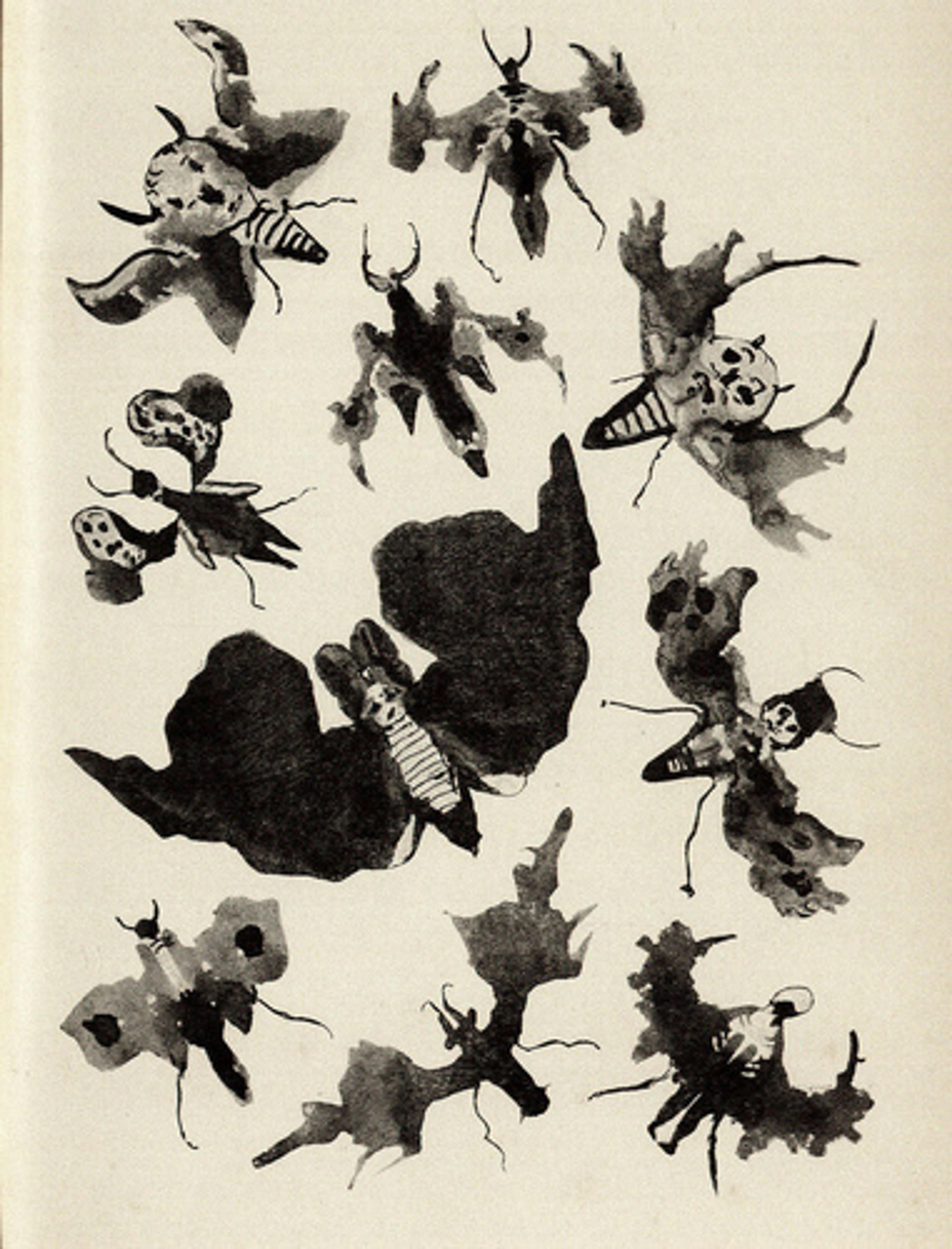
At the turn of the 21st century, the British psychologist Richard Gregory rekindled the association between pareidolia and creativity. Although he didn’t use the term pareidolia, he suggested that a reversed version of the classic Rorschach test might reveal principles of creativity. In 2000, he wrote:
[R]eversing the test – from kinds of people to kinds of patterns – might show what stimulates creativity. This is a clear experimental question: which kinds of pattern evoke the richest variety of perceptions and ideas? … Which patterns or pictures are most evocative should tell us what switches us on most powerfully to create new perceptions and ideas. It should reveal the creative nature of mind, for generating perceptions and conceptions for art and perhaps also science … ink blots might evoke creativity in controlled ways, allowing us to understand and perhaps tame the danger lurking behind our fanciful eyes … It seems to be profoundly true that all perceptions are loosely controlled hallucinations.
We have picked up on Gregory’s idea that pareidolic patterns might be useful for testing creativity. Although there are some good tests for measuring creativity, they have a small but important flaw: older people and neurological patients often struggle with them. In our opinion, this isn’t because they lack creativity, but because, for example, their working memory can’t retain the complexity of the task long enough. We believe pareidolia is universally understandable and is therefore an excellent means to identify certain types of creativity.
How can we distinguish a complete illusion, or delusion, from a useful creative interpretation?
To investigate this further, we recently tested 50 healthy participants. They had to produce pareidolias by looking at photographs of textured natural scenes, such as clouds and rocks, on a tablet computer and overlay them with any images they could see. To provide a comparison measure of their creativity, we also tested our volunteers with a battery of traditional creativity tests, which included asking them to propose alternative uses for everyday items (such as a brick or paperclip) and to generate as many words as they could think of related in meaning to a target word.

We predicted that the more pareidolic answers someone generated, the higher their creative fluency and the greater their capacity for originality. Our volunteers produced a total of 1,641 pareidolic drawings: 36.1 per cent were animal pareidolias, 18.2 per cent were human-made objects (such as hammers), 15.3 per cent were people and faces, 14.6 per cent were natural objects, 6.6 per cent were fantasy drawings, 4.8 per cent were food, and 4.4 per cent were abstract.
We found that greater fluency and originality of performance in the standard creativity tests were associated with greater fluency and originality of pareidolias. Furthermore, participants with stronger interests in arts and music produced more original pareidolic drawings overall. Excitingly, these results suggest that creative processes are involved in the production of pareidolias, and that pareidolia might offer new ways to investigate creative cognition.
Pareidolias also raise deeper questions. Is all of perception an illusion? When letters become words with meaning, and dots and dashes form faces, what is real and what is an invention? The outer world must, somehow, be grasped and interpreted in a way that makes sense for the inner world. What is sufficient for this purpose? How can we distinguish a complete illusion, or delusion, from a useful creative interpretation?
Some clues are coming from brain-imaging research. When we see faces in a random pattern, this activates the same ‘fusiform face area’ that responds to the sight of real faces, and within the same timeframe (approximately 170 milliseconds). This rapidity suggests that a pareidolia isn’t a reinterpretation of what has been perceived, but is more akin to a genuine perceptual experience.
The next time you gaze into the clouds, remember Leonardo’s idea that this is an opportunity to stimulate your imagination. What can you see?

